Ferguson Marine’s difficulties over the MV Glen Rosa have been widely scrutinised, but the debate should not end with frustration over missed deadlines.
The Port Glasgow yard embodies a broader truth: without a distributed network of regional shipyards, Britain risks hollowing out its maritime industry and losing the very skills that make national shipbuilding possible.
The Scottish Affairs Committee heard this summer from Ferguson’s new chief executive, Graeme Thomson, who warned that the yard’s survival depends on securing follow-on civil orders while proving itself through subcontracted work for BAE Systems. His testimony pointed to a sector caught between political expectations, international competition and a lack of stable pipelines. “It would be very difficult and challenging for us” if Ferguson failed to win the next CalMac ferry, he admitted, highlighting the thin line between continuity and collapse.
That thin line matters because its 290-strong workforce represents decades of shipbuilding expertise that cannot easily be replicated if dispersed. The apprentices currently in training are part of a rare supply chain of welders, shipwrights and outfitters that the entire UK industry will need in the coming decade. If Ferguson folds, those skills are not guaranteed to transfer elsewhere; many could be lost altogether.
Thomson argued that lessons had been learned from the Glen Sannox and Glen Rosa projects, and that investment in modern digital shipbuilding processes was already being phased in. The £14.2 million package from the Scottish Government is designed to improve steel throughput and reduce labour hours per tonne, a benchmark that would bring Ferguson closer to competing with Babcock and other upgraded UK yards. “That investment will help us, but it is only the first phase,” he told MPs, stressing that the long-term figure required remains closer to £25 million.
The dilemma is that investment in technology and workforce alone will not save a yard without a stable order book. Ferguson’s failure to secure the Small Vessel Replacement Programme (SVRP) illustrated the problem. Despite scoring highly on quality, the yard lost on price to international competitors. “We did not win on price—we have been advised that directly by CMAL,” Thomson confirmed. The omission of social value and UK content in the evaluation criteria left Ferguson unable to compete on its one inherent strength: its contribution to the domestic economy.
That exclusion cuts to the heart of the policy gap. Across Europe and Asia, shipyards are underpinned by state-backed orders, subsidies and protected markets. Britain insists on competitive tendering, often with limited regard for social value. The result is that domestic yards find themselves competing with foreign rivals operating on fundamentally different terms. Thomson’s call for social value to be embedded in future contracts reflects a recognition that UK shipbuilding cannot survive on price alone.
If Ferguson’s future hinges on the Lord of the Isles replacement ferry, its present is propped up by subcontracting work for BAE Systems on the Type 26 programme. The yard has already delivered units for earlier ships and is now fabricating three structural sections for HMS Birmingham, the fourth in the class. Thomson insisted that this partnership was no substitute for building whole ships, but acknowledged it was vital to sustain the workforce until larger civil contracts arrive. “We want to be in a position of demonstrating to BAE Systems we have the capability, capacity and skills to deliver on time and quality,” he said, adding that the aim was to expand opportunities in the defence market without losing sight of the core ferry business.
Ferguson Marine and the capacity question in UK naval shipbuilding
The UK’s naval shipbuilding base is already running at or near capacity. BAE Systems’ yards on the Clyde are committed to eight Type 26 frigates, stretching well into the 2030s. Rosyth, operated by Babcock, is building five Type 31 frigates. Barrow is wholly consumed by the Dreadnought and Astute submarine builds, with AUKUS work looming. In that environment, Ferguson Marine provides an essential release valve.
The yard’s recent contract with BAE Systems to produce hull modules for HMS Birmingham illustrates the point. Govan and Scotstoun cannot expand throughput indefinitely without hitting bottlenecks. By moving discrete sections to Port Glasgow, BAE can smooth production and keep critical paths on schedule. That contribution is modest in scale but strategically significant. Without auxiliary yards such as Ferguson, the risk of programme slippage grows in a supply chain already stretched by inflation, steel costs and labour availability.
Ferguson’s location on the Clyde makes this integration straightforward. Modules can be fabricated upriver and transported to BAE’s yards for assembly, minimising logistics complexity. This geographic clustering echoes past naval build practice when smaller Clyde yards regularly supplied sections and components to prime contractors. With the UK committed to a continuous naval shipbuilding pipeline, distributed work across yards is not only efficient but essential.
Work at Ferguson also preserves industrial skills that would otherwise atrophy between ferry and commercial orders. Precision steel fabrication for warship modules requires welders, platers and fitters trained to defence standards. Maintaining that pool expands the UK’s ability to surge if new requirements emerge, for example additional Type 26 hulls, acceleration of the Type 32 concept, or unplanned refit demands. Once lost, such skills are expensive and time-consuming to rebuild.
Politically, keeping Ferguson active within naval supply chains signals a whole-UK approach to shipbuilding. The Scottish Government’s nationalisation of the yard in 2019 was framed around jobs and ferries, but its integration into defence contracts anchors it within the sovereign defence sector. For Westminster, leveraging Ferguson reduces dependency on a narrow set of facilities and demonstrates resilience in the shipbuilding enterprise.
Beyond survival
Ferguson Marine, beyond all the talk of capacity, is also an employer in Inverclyde, an area that has already borne the brunt of deindustrialisation.
To allow such a yard to wither for want of contracts would be a strategic failure. The lesson of Ferguson Marine is that survival requires governments to accept that shipbuilding, like energy or defence, is a strategic sector worth protecting.
That is why the fate of Ferguson Marine matters. If the yard succeeds, it will prove that regional shipbuilding still has a place in the UK’s industrial future. If it fails, Britain risks conceding that only heavily subsidised rivals abroad can build the ferries, patrol ships and auxiliaries that keep maritime skills alive. The cost of that loss would be borne not only by Port Glasgow but by the nation as a whole.


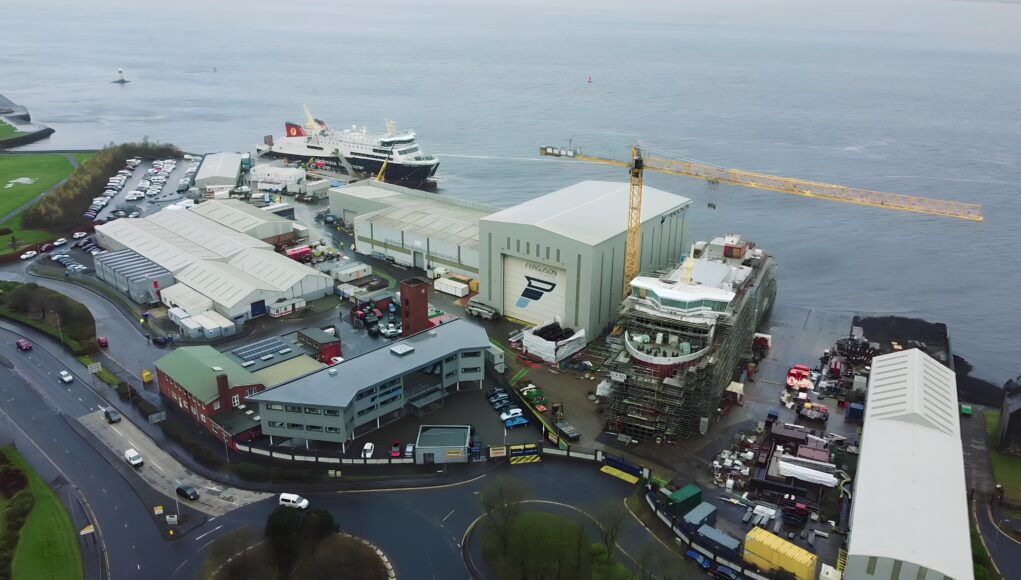
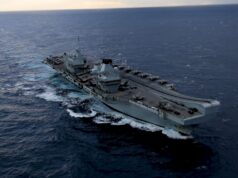
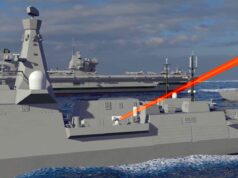
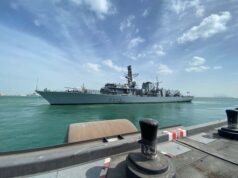
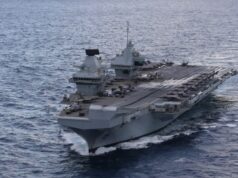

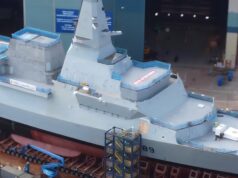

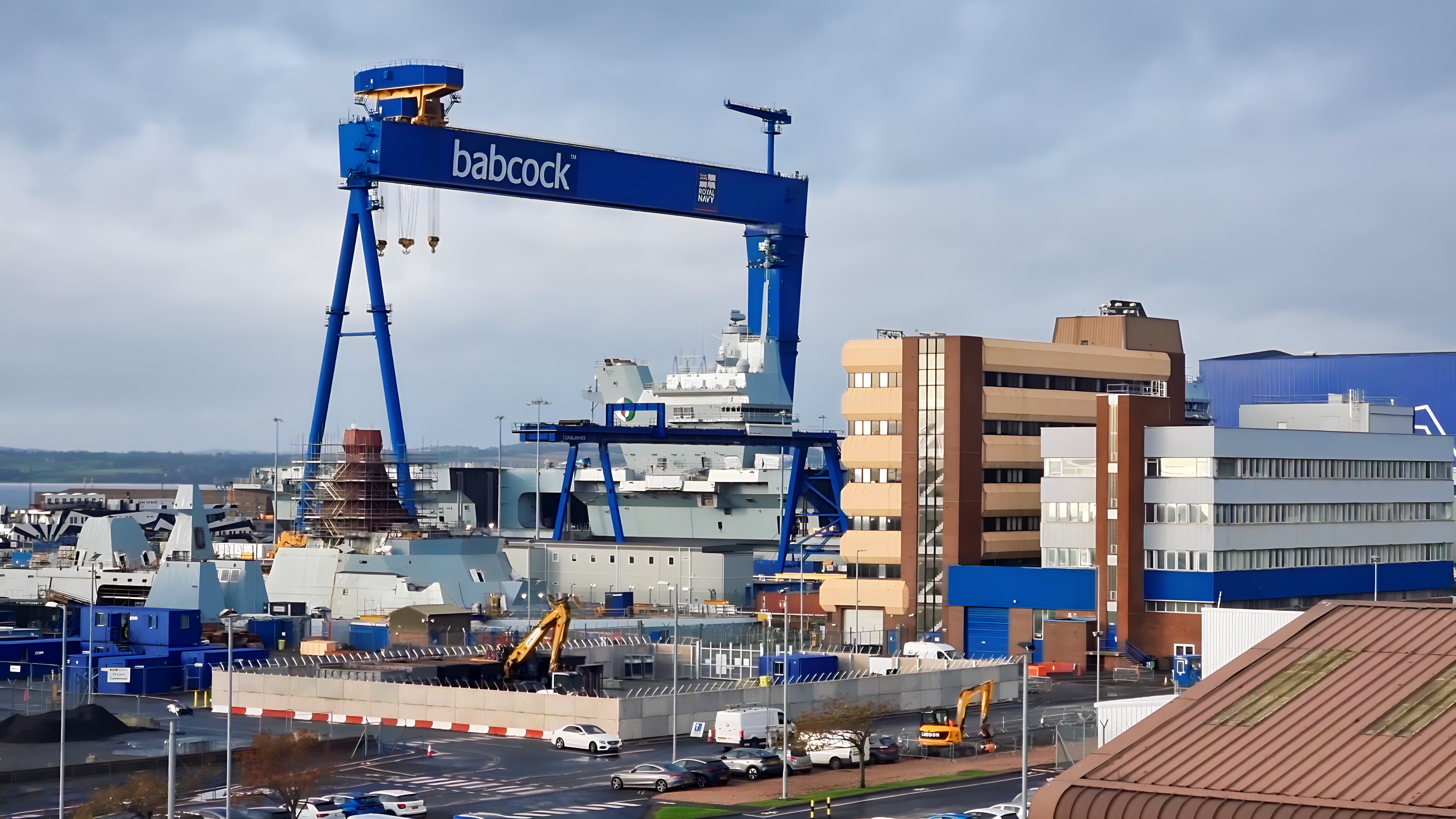

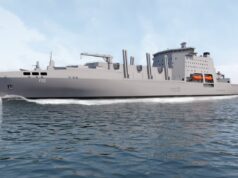

Important to keep yards alive, so why did the Scottish government pull the procurement orders for the new panel line and other investment?
Hamstringing the yard they own? Did the know the calmac order was going overseas so didn’t want to waste money on a yard that might shut?
Because the snp don’t really give a sh**, they only take these business public for pr reasons to stay in power , if it failed quietly and nobody knew they’d be more than happy. Politics is all they care about
It’s Groundhog Day !
“ The £14.2 million package from the Scottish Government is designed to improve steel throughput and reduce labour hours per tonne, a benchmark that would bring Ferguson closer to competing with Babcock and other upgraded UK yards. “That investment will help us, but it is only the first phase,” he told MPs, stressing that the long-term figure required remains closer to £25 million.”
But the BBC website reports that only low hundreds of thousands has been spent?
Spot on. All doable..Get rid of CMAL too. Our community needs the Port.
Cammell Laird is a better fit the yard is bigger than most and just needs work and investment. It’s the only place building parts for the submarine program. Bae should take control of the yard and expand the production here.
Any shipbuilding facility in the UK is vital as a strategic supplier. During WW2, boat builders large and small were commissioned to construct any sea-going vessel from landing craft to destroyers and in reality, nothing has changed apart from the virtual collapse of the British shipbuilding industry.
There are considerable opportunities for shipbuilding and allied trades right across the Clyde approaches from Inchgreen in the West to the proposed Scottish Marine Technology Park in the East.
In the new World Order in which we find ourselves, there is an urgent need for vessels that can protect our undersea telecommunications energy and data infrastructure, a working home for Persistent Operational Deployable Systems (PODS), elegant and cost effective hybrid vessels capable of amphibious assault but also the supply of humanitarian aid, a maritime training ground for Ukraine and much more which can use the natural skills of the Ferguson work force and help sustain it for future generations.
It just needs joined up thinking and action.
😂
“without a distributed network of regional shipyards”…
Tyne? Weir? Tees? I’m sure others will join in listing lost English shipyards…
Priddy’s Hard.
There. 👌
Bucklers Hard.
Hang on, I’ll be back in a bit.
How about Chatham ? They built some banging boats there.
I would love it if UK defence journal did a podcast, I would definitely be a listener
Hi, you mention in it about Babcocks and BEA systems and their full work load. But don’t mention Navantia UK / Harland and Wolff and Appledore. Navantia UK (although it has a big hill to climb building FSS) are developing / recapitalising Belfast & Appledore to give the Navy more shipbuilding capacity as well and I think this should have been noted in this article.
Just been reading a press release from gov.uk about building a barge at Navantia… ‘Scottish Secretary to cut STEAL for £8m barge for MoD at Navantia’ https://www.gov.uk/government/news/scottish-secretary-to-cut-steal-for-8m-barge-for-mod-at-navantia
Building on an open slipway in Scottish weather is sadly no longer economically viable. The Scottish government should either rebuild it as a level covered facility with large overhead cranes for block assembly using the submersible pontoon barge launching method or close it and transfer all its desperately needed workers to BAE. Building warships is a national priority,building ferries that can be purchased much cheaper abroad is not a national priority